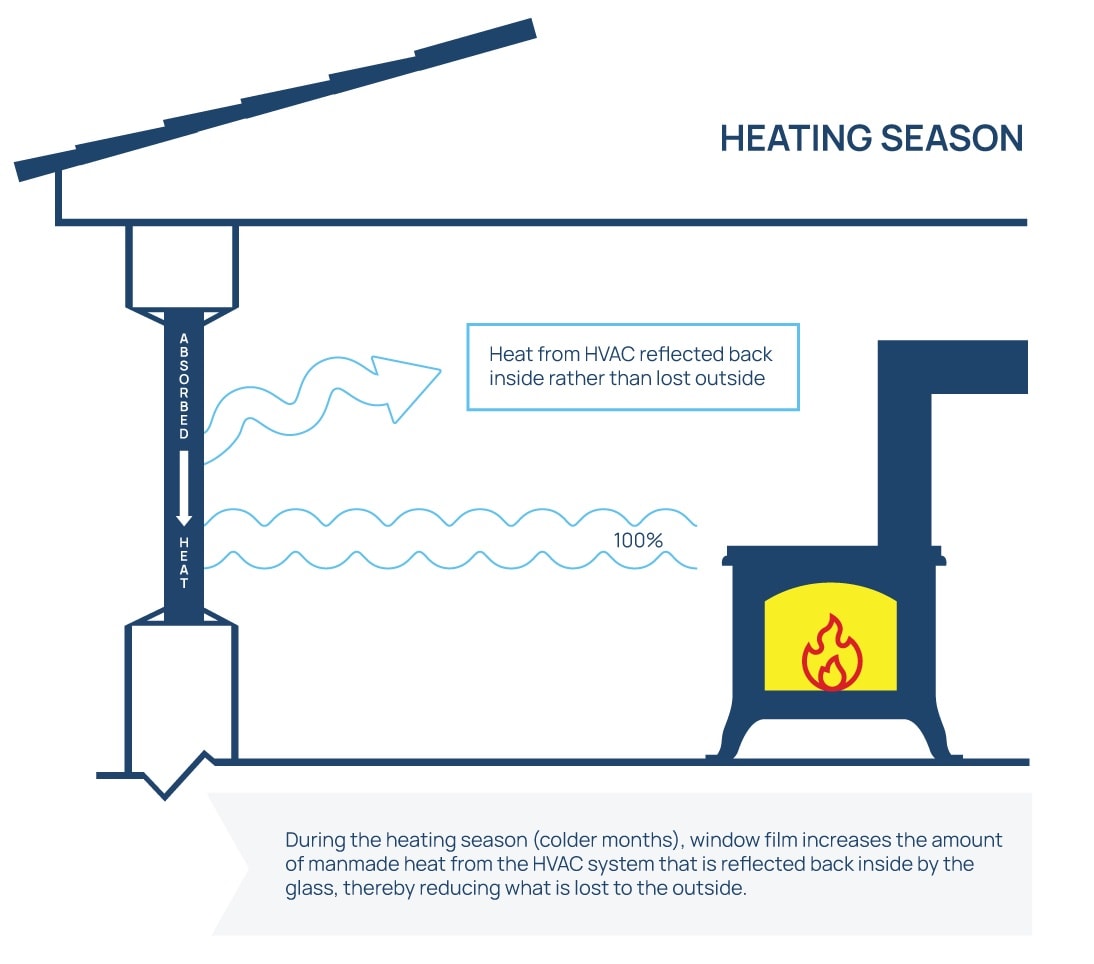False! Window film is not only for southern climates. The sun shines even in northern climates, so why not help mitigate it effects? Buildings in northern climates have a cooling season, too, even if shorter than the cooling season of southern climates. Furthermore, buildings up north also have heating seasons that window film can positively impact.
It is true that most of the window film installed in the United States is in the sunbelt. In fact, it has been speculated by industry experts that most window film sales, including automotive window film, are in Florida, Texas, Arizona, and California. That is because of high temperatures, friendly automotive tint laws, and a long cooling season.
The sun also shines in northern climates. That’s why buildings and houses up north have air conditioning. And northern areas, especially the I95 corridor from Boston to Washington, DC, tend to have high utility rates. So why not leverage the benefits of window film, which reduces a window’s Solar Heat Gain Coefficient? In other words, window film helps to increase the amount of the sun’s energy that is rejected before it ever enters a building (home or office). That means less solar heat gain, glare, temperature imbalances, discomfort, and furniture fade.
Window film not only helps in the summer, but it also helps during the winter. 3M Insulating Window Films, like Thinsulate Climate Control 75, also reduce a window’s U-Value, which means that less man-made heat escapes from inside to outside. That translates into lower heating bills. And don’t forget that insulating films also help to reduce air-conditioning bills. That represents savings 12 months of the year.
Important to note is that window film does not address infiltration issues such as bad seals or damaged caulk around a window. Window film reduces the ability for heat to transfer through the glass from places of hot to cold. Often your local 3M dealer can address minor infiltration issues in addition to installing any one of 3M’s window film products.











